BENEFITS OF SAUNA AND COLD PLUNGE
In the fast-paced rhythm of life, we often overlook the importance of recovery. Whether pushing ourselves during workouts or giving it our all at work, neglecting proper recovery can lead to serious health consequences like anxiety, stress, fatigue, and disrupted sleep patterns.
It's crucial to prioritize and allow our bodies the time they need to rest and rejuvenate. We will discuss one of the most effective recovery techniques the science and fitness gurus vouched for — hot sauna and cold plunge therapy.
Rooted deeply in Nordic cultures, this centuries-old natural remedy is an extreme and contrasting practice gaining popularity today.
The ancient ritual utilizes hot saunas and cold plunge therapy to relax the mind and body. However, what's the science behind the buzz, and what are the benefits of sauna and cold plunge on your body?
What is a Hot Sauna and Cold Plunge?
Contrast therapy, also known as the Nordic cycle, is a well-known recovery and rehabilitation technique with historical roots dating back to naturopathic medicine. It can be traced back to 3,500 BCE when its use in treating various ailments and injuries was described in the ancient medical text known as the Edwin Smith Papyrus.
Here is the method by which this technique is accomplished:
-
Before entering the sauna, drink one to two glasses of water to stay hydrated.
-
Enter your choice of pre-heated sauna for 10–15 minutes to sweat.
-
Quickly rinse off using the shower next to the cold plunge.
-
Fully submerge your body in the cold plunge for one to four minutes, and remember to keep breathing.
-
Relax on a bench next to the plunge for 5–10 minutes.
Repeat these steps as many times as desired, depending on your body's response.
Sauna and cold plunge therapy offer a powerful combination of physical and psychological benefits that can enhance your overall well-being. From improved circulation and reduced inflammation to heightened mood and stress relief, these therapies hold the potential to transform your health.
Benefits of Sauna and Cold Plunge
In the fourth century BC, the renowned Greek physician Hippocrates recorded the medicinal uses of hydrotherapy and its benefits. In his writings, he highlighted the profound value of water, stating that "water could cure anything."
Over the centuries, these historical insights into the healing properties of cold therapy have been further explored and refined. Advancements in science and medicine have allowed us to better understand how temperature affects our bodies and how sauna and cold therapy can be used effectively to promote health and well-being.
Let's explore the numerous benefits of sauna and cold plunge therapy and discover how it can positively impact our health.
Builds Strength and Adaptive Response
Hormesis is a biological phenomenon where exposure to low or moderate stress levels can trigger a positive response in a person. In simpler terms, a mild stressor can benefit, leading to improved resilience and health.
Combining ice baths and sauna sessions creates a temperature fluctuation that triggers various physiological responses — activating the body's adaptive capabilities. When repeated over time, sauna use allows the body to accumulate heat, enhancing its response to future exposures through hormesis.
This principle enables the body to positively adapt to stress, making it more resilient. Adapting this two-pronged approach can promote overall physical well-being, especially post-workout.
Promotes Relaxation and Stress Relief
The alternation between hot and cold temperatures helps to improve circulation, reduces muscle tension, and stimulates the release of endorphins.
During sauna use, the body is exposed to high heat, leading to vasodilation — the widening of blood vessels.
Vasodilation increases blood flow to the skin. As blood vessels expand, the body's blood pressure drops, resulting in relaxation and stress reduction.
Subsequently, the cold plunge immerses the body in cold water, inducing vasoconstriction — the narrowing of blood vessels.
As a result of vasoconstriction, the blood flow is redirected from the periphery towards the internal organs. After emerging from the cold water, the body can experience a rush of adrenaline and other neurotransmitters.
Cold plunging initially triggers a "fight or flight" response, leading to heightened stress levels. Repeated exposure and adaptation to cold water improves your ability to handle stress. As a result, cold exposure becomes a valuable tool for gradually reducing stress in everyday situations.
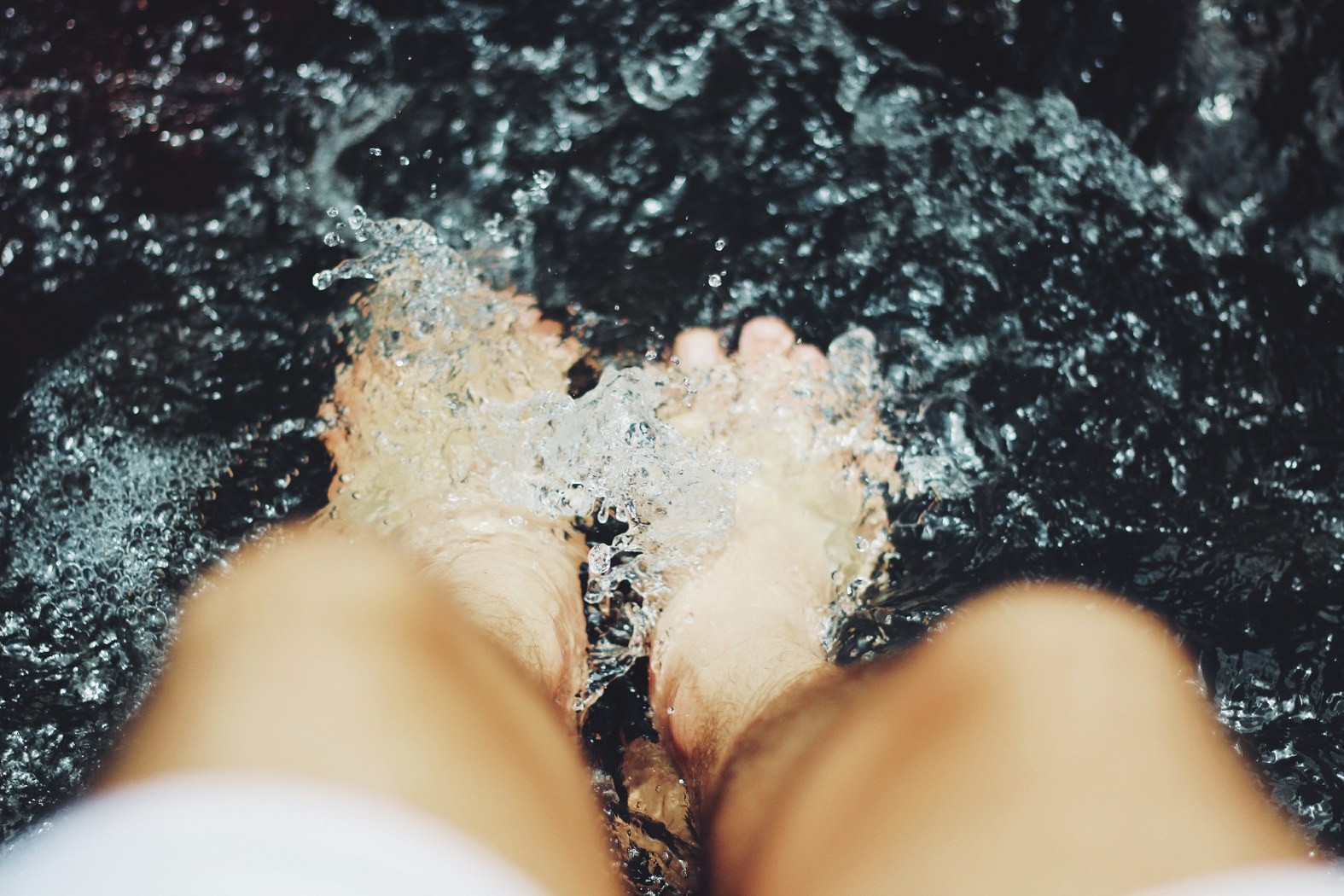
Reduces Inflammation
Don't let inflammation hinder your quality of life. The benefits of sauna and cold plunge therapy work wonders in reducing oxidative stress markers, a potential source of inflammation.
Chronic inflammation can be debilitating, but these sessions can be game-changers offering much-needed relief and restoring comfort to your body. By enhancing lymphatic drainage, saunas, combined with invigorating cold plunge therapy, effectively flush out toxins and waste products, reducing inflammation and promoting overall well-being.
Cold therapy on its own is beneficial in reducing inflammation and numbing pain. For muscle strains and sprains, a combination of both ice and heat can be effective. Start with ice to ease the injury's inflammation, swelling, redness, or tenderness and numb the pain. Once the inflammation resolves, switch to heat to relieve any muscle stiffness in the area of injury.
Helps Detoxify the Body
As mentioned earlier, in a sauna, the high heat exposure raises your internal body temperature and boosts sweat production, effectively flushing out toxins and supporting the body's detoxification process. On the other hand, immersing yourself in cold water stimulates leukocytes. These white blood cells help fight illnesses, while also causing the lymphatic system to contract. This process aids in detoxification by pushing fluid through the lymph nodes.
Burns Fat and Promotes Weight Loss
The benefits of saunas and cold plunges have been well-established by professional athletes. When your core body temperature rises, you burn calories faster than being stationary. The combination of hot and cold promotes fat burning.
Cold exposure activates brown adipose tissue to burn fat for energy while keeping you warm. The sauna raises your heart and metabolic rate, and when combined with a workout, it can result in extra calorie burn.
Improves Skin Health and Appearance
As mentioned earlier, a sauna session helps increase blood flow to your skin. This improved circulation delivers more oxygen and nutrients to your skin cells, promoting cell regeneration and a healthy complexion. Sweating in the sauna also helps cleanse your pores, removing toxins and impurities that may contribute to skin issues.
The cold plunge after a sauna session has a contrasting effect. Constricted blood vessels reduce inflammation and flush out toxins through your skin – helping you tighten your pores, giving your skin a smoother and more even appearance.
Helps With Arthritis
Saunas and cold plunges can potentially help with arthritis in different ways:
-
The heat from saunas can help relax muscles, reduce joint stiffness, and alleviate pain associated with arthritis.
-
Saunas can increase blood flow to affected joints, delivering more oxygen and nutrients, promoting healing, and reducing inflammation.
-
The heat can improve joint flexibility, making movements less painful and more comfortable for individuals with arthritis.
-
Cold plunges can reduce inflammation around the affected joints, relieving arthritis symptoms.
-
Cold temperatures can temporarily numb the pain receptors, giving a sense of relief and reducing pain perception.
-
Cold plunges can help reduce muscle spasms and tension around the arthritic joints.
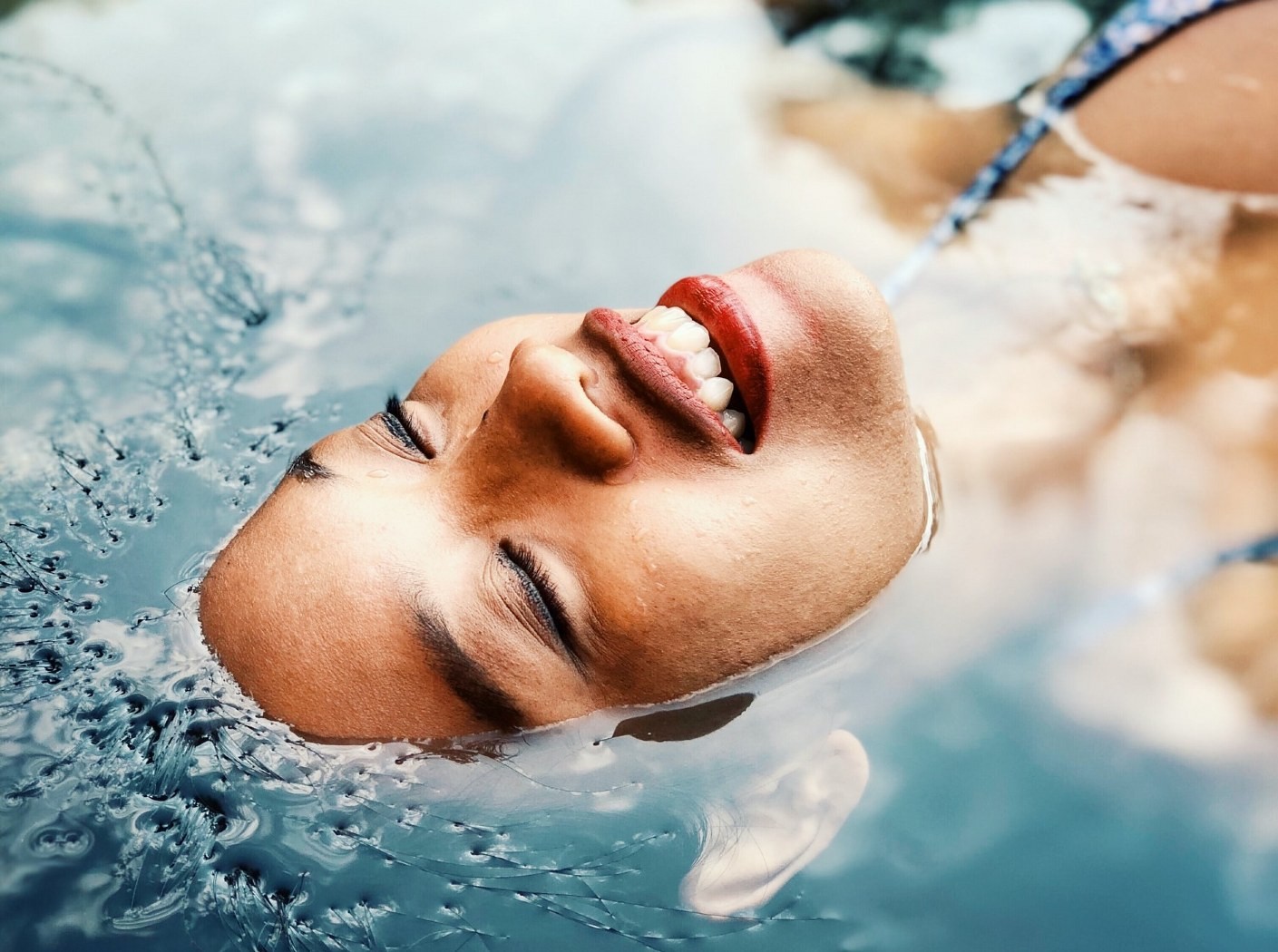
Safety and Precautions
Everyone's response to sauna and cold plunge therapy can differ, and what works for one person may not be suitable for another.
To fully benefit from sauna and cold plunge therapy, it is essential to prioritize safety by adhering to the following guidelines:
-
Consult a Healthcare Professional: Consult a healthcare professional before starting therapy if you have medical conditions (e.g., heart issues, diabetes, pregnancy).
-
Temperature Awareness: Avoid extreme temperatures that could be too hot or cold for your comfort and safety.
-
Don't Overdo It: Start with shorter sessions, and increase gradually. Stop if you experience discomfort, dizziness, or adverse effects. Seek medical help if needed.
-
Avoid Alcohol: Refrain from alcohol before/during therapy to regulate body temperature and avoid dehydration.
-
Cleanliness: Ensure facilities are clean and well-maintained to prevent infection risk.
Optimal Sauna and Cold Plunge Routine
Always listen to your body and adapt the routine to suit your comfort level. To help you get started, here are some optimal ranges you can consider.
-
Recommendation: Aim for two to three rounds, concluding with the cold plunge.
-
Exposure and Frequency: Aim for 11 minutes of cold exposure each week, alongside at least one hour of heat, in three to four separate sessions.
-
Cold Temperature: For beginners, a cold plunge below 66.2°F can work. It doesn't have to be ice water.
-
Hot Temperature: Opt for traditional saunas (not infrared) with temperatures around 185°F and relatively low humidity levels ranging from 10% to 20%. This provides an effective sauna experience.
FAQ: Benefits of Sauna and Cold Plunge
Do you feel dizzy after a sauna and cold plunge?
Yes, sudden temperature changes can cause dizziness. The sauna causes blood vessels to dilate, and the cold plunge causes them to constrict rapidly. This sudden redistribution of blood flow in your body can potentially make you feel dizzy.
What to do immediately after a cold plunge?
After a cold plunge, it's crucial to dry off and wear warm clothing to retain body heat. Move to a warm environment to prevent chilling and sip on hot beverages like herbal tea to raise your core body temperature. You should also avoid immediate hot showers to give your body time to adjust gradually.
Is it okay to take a cold plunge every day?
Yes, you can cold plunge daily, but starting with three days per week is recommended then gradually increasing the frequency.
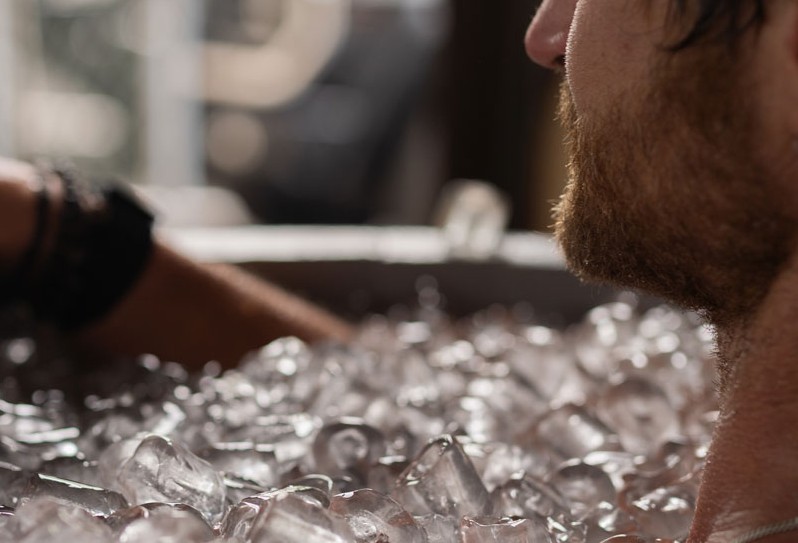
Conclusion
The benefits of sauna and cold plunge therapy are significant and can positively impact various physical and mental health aspects. Regular use of these therapies, either individually or in combination, may contribute to improved well-being, reduced stress, enhanced recovery, and a better overall quality of life. Embracing these practices as part of a holistic approach to health and wellness can lead to a more balanced lifestyle.
If you've finally decided to get your hands on your own sauna, My Sauna World offers a wide selection of top-notch saunas and wellness products. Whether you want to unwind in a traditional sauna or experience the benefits of cutting-edge infrared saunas, we have something for everyone. If you have any questions or need assistance, don't hesitate to contact us and our team will be happy to help.
SIGN UP. SAVE BIG.
Subscribe to be the first to know about our special monthly sauna sales, sent right to your inbox.

About the Author
Adam Fromson
Adam Fromson, co-founder of My Sauna World, loves saunas and their transformative health benefits. With years of experience exploring sauna culture and its impact on health and wellness, Adam is passionate about helping others discover the life-changing benefits of saunas for themselves.
Let customers speak for us
from 384 reviews
Good communication, easy delivery, easy set up, easy operation, great value. Recommended!
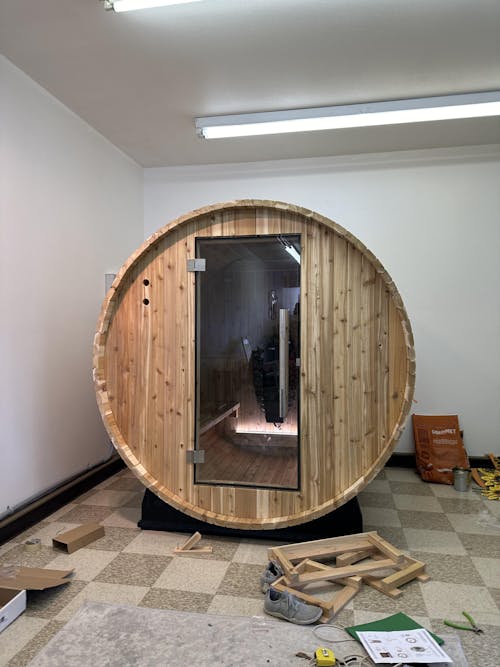
We ordered the 4 person barrel sauna and love it! We wanted a little extra space for the 2 of us/guests and it’s great. We could definitely fit 4 people in it if we needed. We use it every single day. It took about 10 weeks to get here because they build it specifically for the order. Putting the barrel together was fairly easy with 2 people. The electrical and the heater definitely required an electrician to install as we could have not done it alone.
We ordered the biggest heater (harvia spirit 8kw) and it heats up the sauna in about 15 mins inside our 40-50° garage. Overall this style of sauna is hotter and you sweat a lot faster than in an infrared sauna. I truly 10/10 recommend!
Pic is of us in the middle of building it.
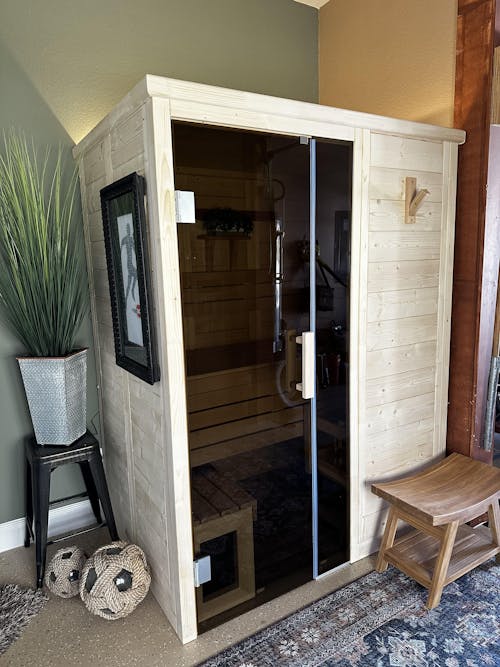
Took me about 6 hours over 2 evenings to assemble almost all by myself. Had a pro run a new circuit from my panel. Very well made and assembly was straightforward. Heater is well sized and reaches operating temperature in under 30 minutes.

Great sauna very easy to assemble
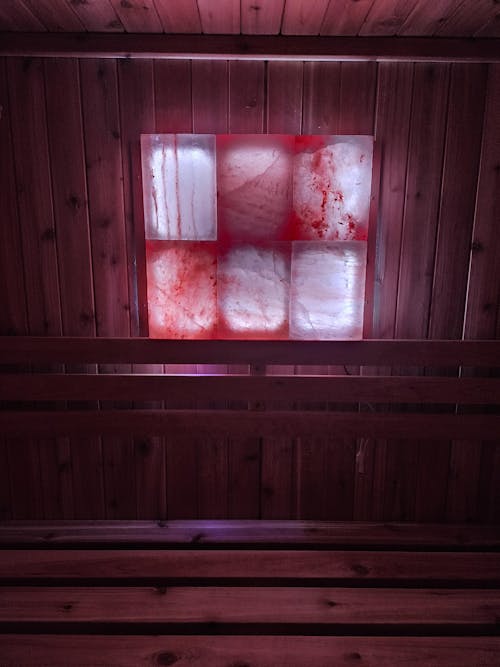
The salt panel was a great addition to our Madison Sauna. It has excellent grain which is accented by the amazing color lights that glow through the panel. Also when you hit the rocks with a splash of water you can feel the heat bounce off the panel. Great addition if you are considering this option.

We can say enough about Sauna World there customer support is great! Our Pinnacle Sauna from Almost Heaven is epic.
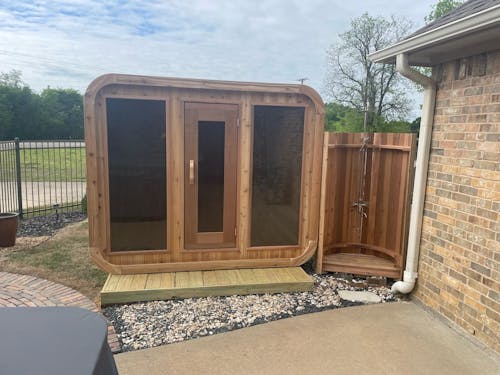
The finish and quality is outstanding and it was quick and easy to assemble.
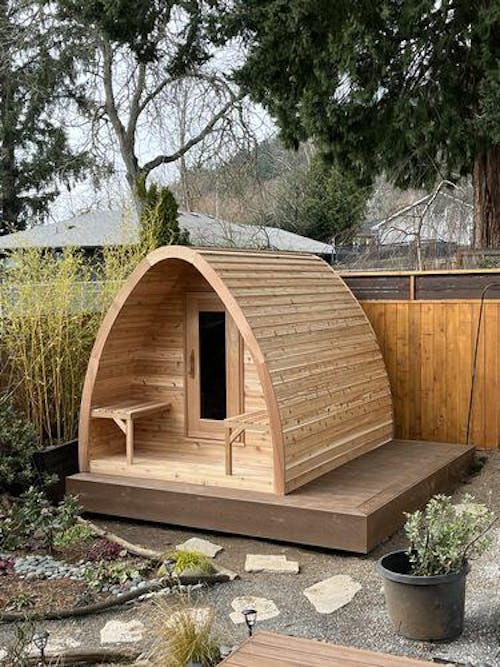
We are thrilled with our mini pod!! It came well shipped and our friend assembled it in 11 hours! Wow! We cannot wait to get healthy and sauna it up!

Beautiful sauna!!! Much easier than I expected to assemble, took a total of 4 hours. Can't wait to get warm by the pool on those cool evenings. Customer service was excellent..

Purchased a 2 person Almost Heaven barrel sauna and were delighted with the product. The order process was quick and easy, the sauna arrived on-time, installation was simple, following the provided instructions, and the sauna is extremely high quality. We’ve used it daily for over 2 weeks and quite frankly I don’t know how we lived without it. If I had it to do over again I wouldn’t change a thing... except maybe purchasing a 4 person model to easier share with friends!

Great Customer Service and a breeze to put together.Excellent shipping and the Sauna is top notch, couldn’t be happier






























